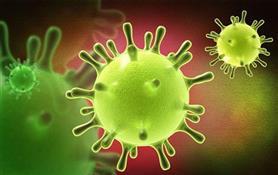关键词:
Dosimetry
pandemic
radioactivity
health
uranium
external exposure
摘要:
The new coronavirus pandemic (2019-nCoV) arrived in Brazil in February 2020, where the worsening led to social isolation. The population started to remain entirely in their homes, mainly the elderly, children, and adolescents. The study aimed to determine the impact of radioecological dosimetry within the residences located in the municipality from Espinharas, Paraiba, Brazil, where one of the main uranium deposits in Brazil occurs. A scintillator-type gamma spectrometer with a combined NaI (Tl) and BGO probe, at 1.0 m from the soil surface, was used. A total occupation factor for the pandemic period was considered. The dose-response for the three months ranged from 0.55 to 1.70 mSv, with an average of 0.68 mSv, which characterises an increase of 25% when compared to the same period of the retrospective study in 2014. In the period of one year, the dosimetric response can vary between 2.22 and 6.80 mSv/y, with an average of 2.73 mSv/y. The work portrays the importance of a database for future affirmative actions and the determination of different radiometric conditions in an environment already considered to have a high level of natural radioactivity. The study also provides definitions of extreme exposure conditions and correlations with public health parameters.
 中文科技期刊
中文科技期刊
详细信息
 欢迎来到三峡大学图书馆!
欢迎来到三峡大学图书馆!


